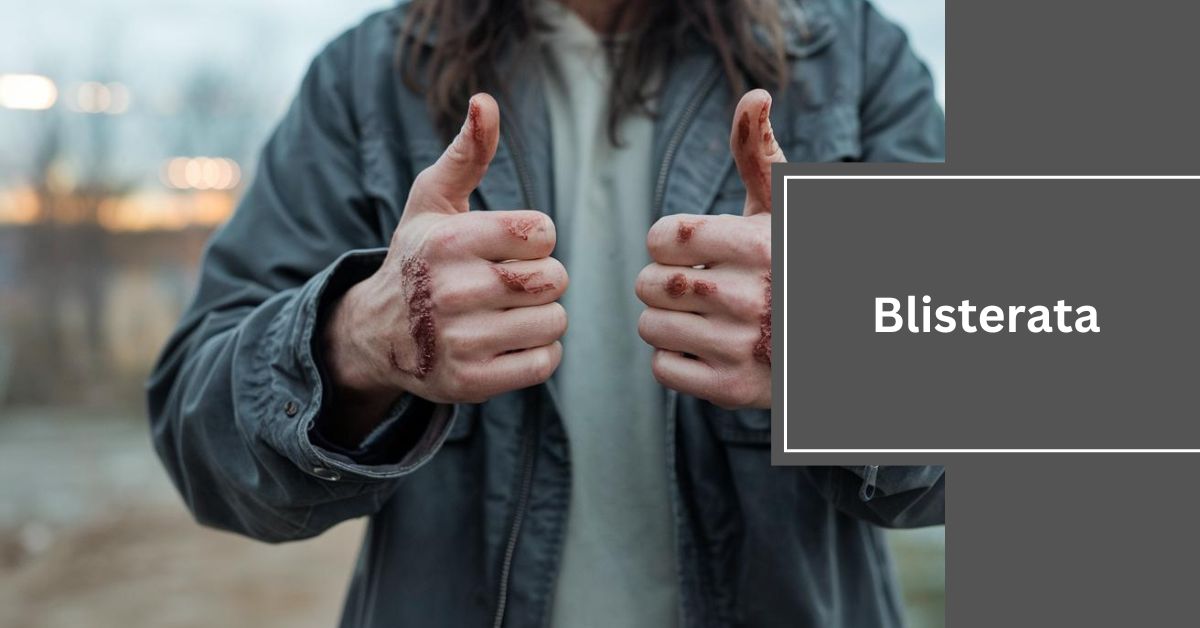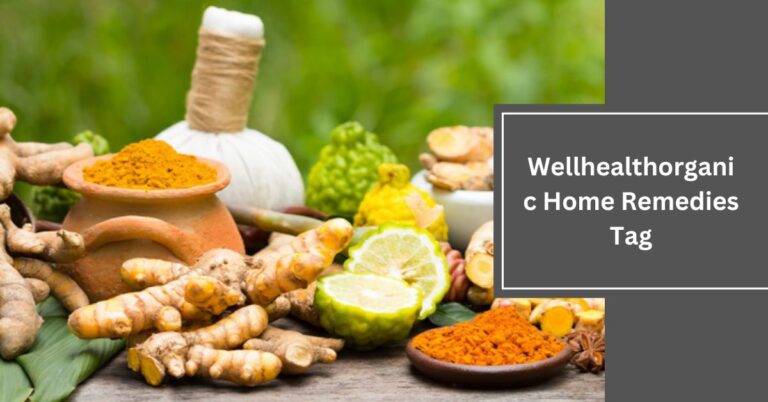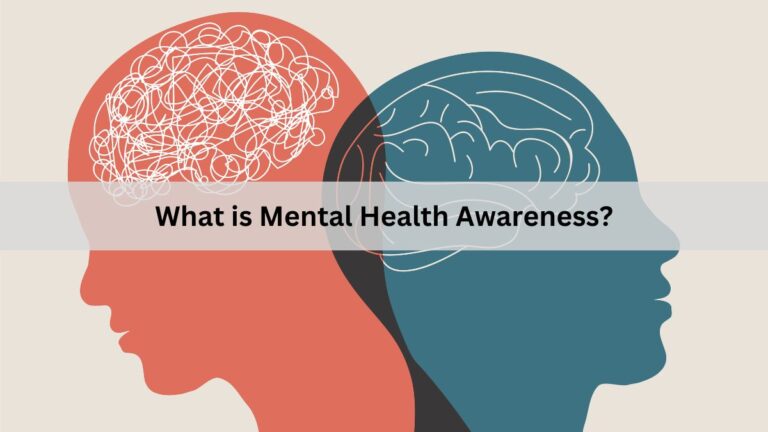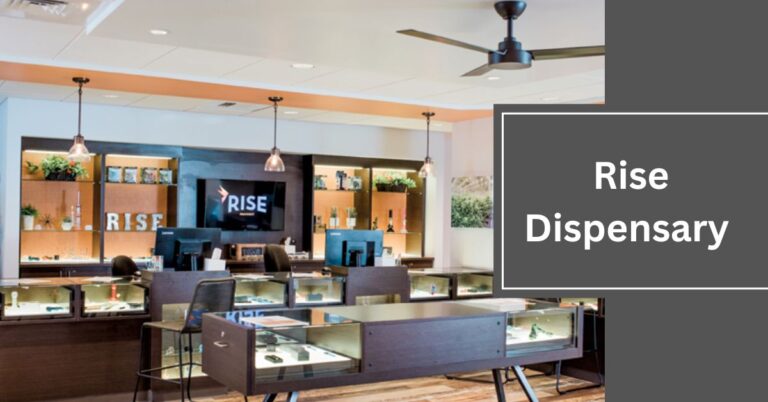Blisterata – The Ultimate Guide To Understanding, Treating And Preventing Blisters!
Blisters, or as we’ll explore in this guide, blisterata are one of those seemingly small but deeply annoying ailments that many of us experience at some point in life. From athletes to hikers, and even those just breaking in a new pair of shoes, blisters can affect anyone, causing discomfort and frustration.
In this comprehensive guide, we will dive deep into the world of blisterata, unraveling the science behind them, effective treatments, and the best strategies for prevention.
What is Blisterata?

Blisterata refers to the formation of small, fluid-filled pockets under the surface of the skin, often caused by friction, burns, or other irritants. These pockets develop when the outer layer of the skin, or epidermis, separates from the underlying layers, creating a space that fills with serum (a clear fluid). In more severe cases, the fluid may be blood or pus if an infection sets in.
Why Does Blisterata Happen?
Blisters form as the body’s defense mechanism to protect deeper skin layers from damage. The fluid acts as a cushion, reducing further trauma while providing a moist environment conducive to healing.
Read More: Unfgaming.net – Your Ultimate Destination for Boundless Gaming Possibilities
Common Causes of Blisters:
Blisters can develop from a variety of causes, some of which may surprise you. Here are some of the most common reasons people experience blisterata:
- Friction: The most frequent cause of blisters, especially on the feet or hands. Ill-fitting shoes, excessive walking, or handling tools without gloves can lead to friction blisters.
- Burns: From mild sunburns to severe thermal burns, heat can cause blisters as the skin tries to protect itself from damage.
- Allergic Reactions: Certain allergens or irritants can trigger blister formation as part of the body’s immune response.
- Infections: Skin infections such as impetigo or fungal infections can cause blisters to form.
- Medical Conditions: Blisters can also be a symptom of underlying medical conditions, like eczema, herpes, or autoimmune diseases.
Types of Blisters:

Not all blisters are the same. They can vary depending on their cause and location. Understanding the type of blisterata you’re dealing with is essential for effective treatment.
- Friction Blisters: Often found on the feet and hands, these are caused by repetitive rubbing against the skin.
- Blood Blisters: These form when blood vessels beneath the skin rupture, typically from pinching or crushing injuries.
- Burn Blisters: These occur after a burn and vary in severity depending on the degree of the burn.
- Allergic Blisters: Small, itchy, and often found on areas of the body exposed to allergens.
Read More: .Gg/Tkreceipts – To Streamline Your Financial Management!
Signs and Symptoms of Blisterata:
Blisters usually announce their arrival with several telltale signs:
- Pain or tenderness in the affected area.
- Swelling and redness around the blister.
- A raised pocket of skin filled with clear fluid (or sometimes blood).
- If infected, the blister may become filled with pus and the surrounding skin may become warm and inflamed.
Treatment Options for Blisters:
When it comes to treating blisterata, it’s important to know that most blisters will heal on their own without medical intervention. However, there are steps you can take to minimize discomfort and reduce the risk of infection.
1. Do’s:
- Keep the area clean and dry. Avoid moisture, which can promote bacterial growth.
- Cover the blister. Use a sterile bandage or blister-specific pad to protect it from further irritation.
- Let the blister breathe. When resting or at home, remove the bandage to allow the area to air out, which can speed up the healing process.
- Use antiseptic ointments to prevent infection.
2. Don’ts:
- Don’t pop the blister. While tempting, popping a blister exposes the underlying skin to infection.
- Avoid tight clothing or shoes that could worsen the friction.
For larger or painful blisters, a healthcare professional might drain the fluid using sterile techniques. This reduces the risk of infection and allows faster healing.
How to Prevent Blisterata?

Preventing blisters is all about minimizing friction, moisture, and irritation to the skin. Here are some tips to help you avoid the painful nuisance of blisterata:
1. Footwear:
- Wear proper-fitting shoes. Shoes that are too tight or too loose can cause excessive rubbing.
- Break in new shoes gradually. Wearing new shoes for short periods can reduce the risk of blisters.
- Choose moisture-wicking socks. These keep your feet dry and minimize friction.
2. Clothing:
- Wear moisture-wicking and breathable fabrics during exercise or long walks to prevent irritation.
- Use bandages or moleskin on areas prone to blisters, such as the heels or fingers.
3. Equipment:
- Use gloves. If you’re working with tools or lifting weights, gloves can reduce friction on your hands.
- Apply anti-chafing balm to areas prone to friction, such as underarms or thighs.
Home Remedies for Blisters:
While some blisters may require medical attention, most can be treated with simple home remedies:
- Aloe Vera: Known for its soothing properties, aloe vera helps reduce inflammation and speeds up healing.
- Green Tea Soaks: Green tea has natural anti-inflammatory and antibacterial properties that can soothe and clean blisters.
- Epsom Salt Baths: Soaking your feet in warm water with Epsom salts can help dry out blisters and reduce swelling.
When to Seek Medical Help?

While most blisters heal on their own, certain situations require professional medical attention:
- Blisters larger than a half-dollar. These may need to be drained professionally.
- Signs of infection, such as pus, warmth, and increased redness around the blister.
- Blisters caused by a serious burn or an allergic reaction that affects other parts of the body.
Read More: VCWeather.org – Your Ultimate Guide to Weather Updates and Forecasts
Blisterata in Athletes and Outdoor Enthusiasts:
For athletes, hikers, and outdoor adventurers, blisterata can be more than just a minor inconvenience-it can be a game-changer. Blisters can sideline a runner during a marathon, or force a hiker to abandon a long trek. Here are some specific tips for those prone to blisterata due to physical activity:
- Use specialized blister-preventing socks designed for long-distance running or hiking.
- Pre-tape your feet or hands with blister tape or moleskin before participating in activities that may cause friction.
- Hydrate your skin. Dry skin is more susceptible to cracking and blistering, so regular moisturizing can help.
FAQs:
1. Should I pop my blister?
It’s generally not recommended to pop blisters as this increases the risk of infection. However, if a blister is large or painful, a healthcare professional can safely drain it.
2. How can I speed up the healing of a blister?
Keep the blister clean and dry, cover it with a bandage, and let it breathe when possible. Applying an antiseptic cream can also aid in healing.
3. Can blisters become infected?
Yes, blisters can become infected, especially if they are popped or exposed to dirt. Signs of infection include pus, warmth, and increased redness.
4. What are the best shoes for preventing foot blisters?
Well-fitted, breathable shoes that provide proper support are ideal for preventing blisters. Avoid shoes that are too tight or too loose.
5. Can blisters form due to medical conditions?
Yes, certain medical conditions like eczema, herpes, or autoimmune diseases can cause blister formation.
6. How long does it take for a blister to heal?
Most blisters heal within a week. However, larger or more severe blisters may take longer to fully recover.
7. Are there any blister prevention products?
Yes, products like blister-specific pads, anti-chafing balms, and moisture-wicking socks can help prevent blisters.
8. Can I exercise with a blister?
It depends on the severity of the blister. For minor blisters, you can exercise if you protect the area. For more painful blisters, it’s best to allow time for healing.
9. Are there any home remedies for blisters?
Yes, aloe vera, green tea soaks, and Epsom salt baths can help soothe and heal blisters at home.
10. Why do I get blisters from new shoes?
New shoes can cause blisters because they haven’t been broken in, leading to increased friction between your feet and the shoe’s surface.
Conclusion:
Blisterata may seem like a minor issue, but for those who have dealt with painful, recurring blisters, it can become a significant problem. By understanding the causes of blisterata and implementing preventive measures, you can reduce the likelihood of developing these fluid-filled nuisances. Proper treatment and care can ensure that, when blisters do occur, they heal quickly and without complication.
Read More:







